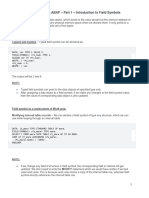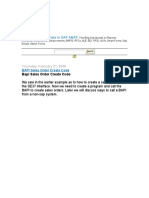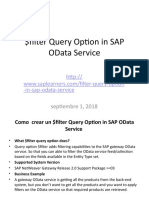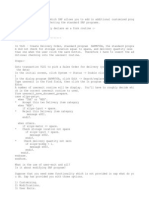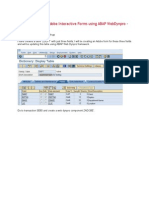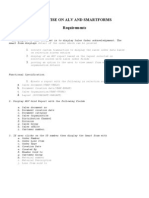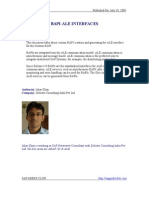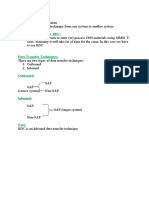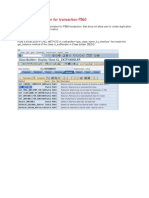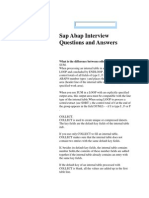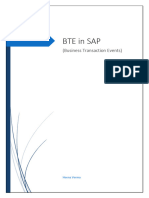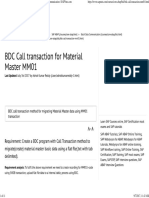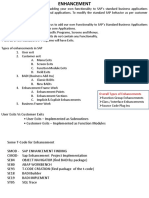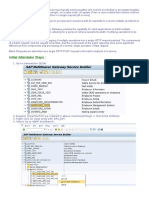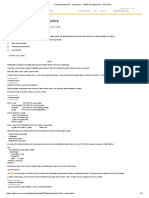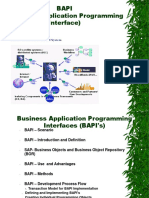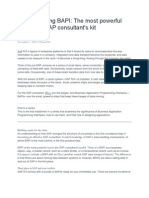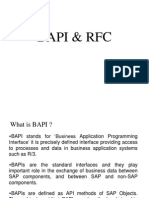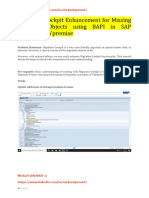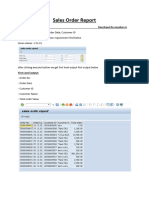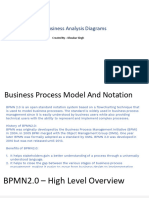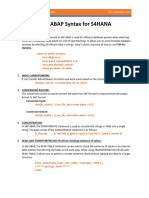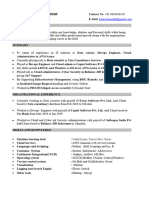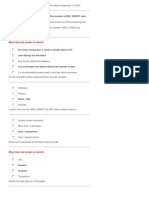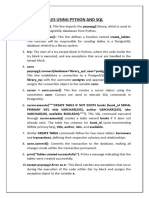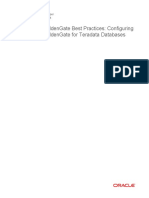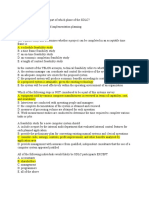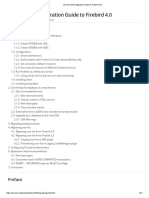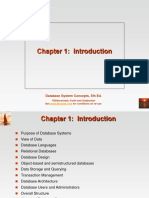0% found this document useful (0 votes)
352 views15 pagesBAPI in SAP ABAP
BAPI (Business Application Programming Interface) allows external applications to access business processes and data within an SAP R/3 system through standardized programming interfaces. BAPIs are implemented as RFC-enabled function modules stored in the SAP system and provide stable and standardized methods for integration between SAP and external systems. BAPIs are defined for specific SAP business objects stored in the Business Object Repository and allow access to data and processes through defined methods.
Uploaded by
junaidCopyright
© © All Rights Reserved
We take content rights seriously. If you suspect this is your content, claim it here.
Available Formats
Download as PDF, TXT or read online on Scribd
0% found this document useful (0 votes)
352 views15 pagesBAPI in SAP ABAP
BAPI (Business Application Programming Interface) allows external applications to access business processes and data within an SAP R/3 system through standardized programming interfaces. BAPIs are implemented as RFC-enabled function modules stored in the SAP system and provide stable and standardized methods for integration between SAP and external systems. BAPIs are defined for specific SAP business objects stored in the Business Object Repository and allow access to data and processes through defined methods.
Uploaded by
junaidCopyright
© © All Rights Reserved
We take content rights seriously. If you suspect this is your content, claim it here.
Available Formats
Download as PDF, TXT or read online on Scribd
/ 15





